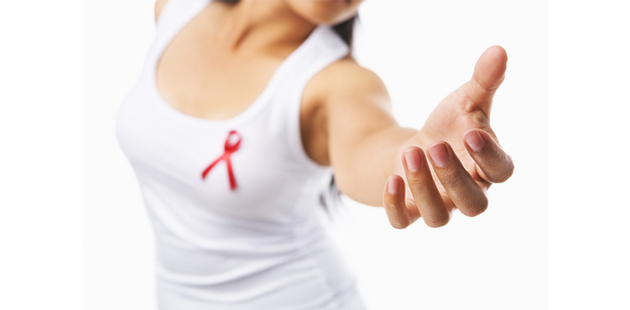 Femfatales – the National Association for Women Living with HIV in Australia – have put a call-out to women living with HIV (WLHIV) to share their stories and lend their voices so we can gather data on the needs of positive mothers in Australia.
Femfatales – the National Association for Women Living with HIV in Australia – have put a call-out to women living with HIV (WLHIV) to share their stories and lend their voices so we can gather data on the needs of positive mothers in Australia.
Women in Australia have varying needs when it comes to childbirth and breastfeeding. Factors that influence these are age, work status, economics, culture, country of origin, family support, HIV status/partner’s HIV status.
Many of the new mothers living with HIV in Australia are from culturally and linguistically diverse (CALD) backgrounds. WLHIV in Australia are often invisible due to fears that their positive status will be discovered and that they will face subsequent discrimination.
In some cultures, not to be seen breastfeeding could mark you as possibly HIV-positive within your communities. This is a concern for women who fear discrimination and isolation if found to be living with HIV.
Currently, all research surrounding breastfeeding when HIV has been sourced from overseas. The research does not always reflect the lived experience for WLHIV in Australia, or align with Australian child protection laws.
Whilst the World Health Organisation (WHO) has breastfeeding recommendations for WLHIV, they vary geographically. In 2010, WHO suggested: “Breast is always best, even for HIV-positive mothers.” Yet until recently, WHO was advising HIV-positive mothers to avoid breastfeeding if they were able to afford, prepare and store formula milk safely.
But research has since emerged, particularly from South Africa, showing that a combination of exclusive breastfeeding and the use of antiretroviral treatment can significantly reduce the risk of mother-to-child transmission. WHO has since released new recommendations on infant feeding by HIV-positive mothers based on this new evidence.
For the first time, WHO is recommending that HIV-positive mothers or their infants take antiretroviral drugs throughout the period of breastfeeding and until the infant is 12 months old. This means that the child can benefit from breastfeeding “with very little risk of becoming infected with HIV”.
However, in some countries — including Australia, the UK and the USA — there is a possibility that WLHIV who choose to breastfeed may be charged with child endangerment under child protection laws. Nevertheless, the UK Department of Health advises that:
“Under exceptional circumstances, and after seeking expert professional advice on reducing the risk of transmission of HIV through breastfeeding, a highly informed and motivated mother might be assisted to breastfeed.”
National health agencies and WHO guidelines recommend that WLHIV in high-income countries:
- Avoid breastfeeding: risk of HIV transmission is far greater than the risk of replacement feeding.
- Replacement feed: the only infant feeding method that does not expose an infant to HIV.
- Administer HIV treatment: provide infants with 4-6 weeks of once-daily nevirapine (NVP) or twice-daily zidovudine (AZT).
(Replacement feeding means providing the baby with a commercial infant formula, prepared from powder and boiling water.)
The landscape of WLHIV having children is changing, with many opting for natural birth and choices not afforded to WLHIV in Australia before. We would like to collate your stories pertaining to birthing and breastfeeding as a woman living with HIV.
All letters will be stored securely at the National Association of People with HIV Australia (NAPWHA) and will be utilised to present a case for the needs of WLHIV in Australia. Confidentiality will be upheld when dealing with these letters.
Help us share your voice! For more information, contact Femfatales at: VicePresident@hivsa.org.au
